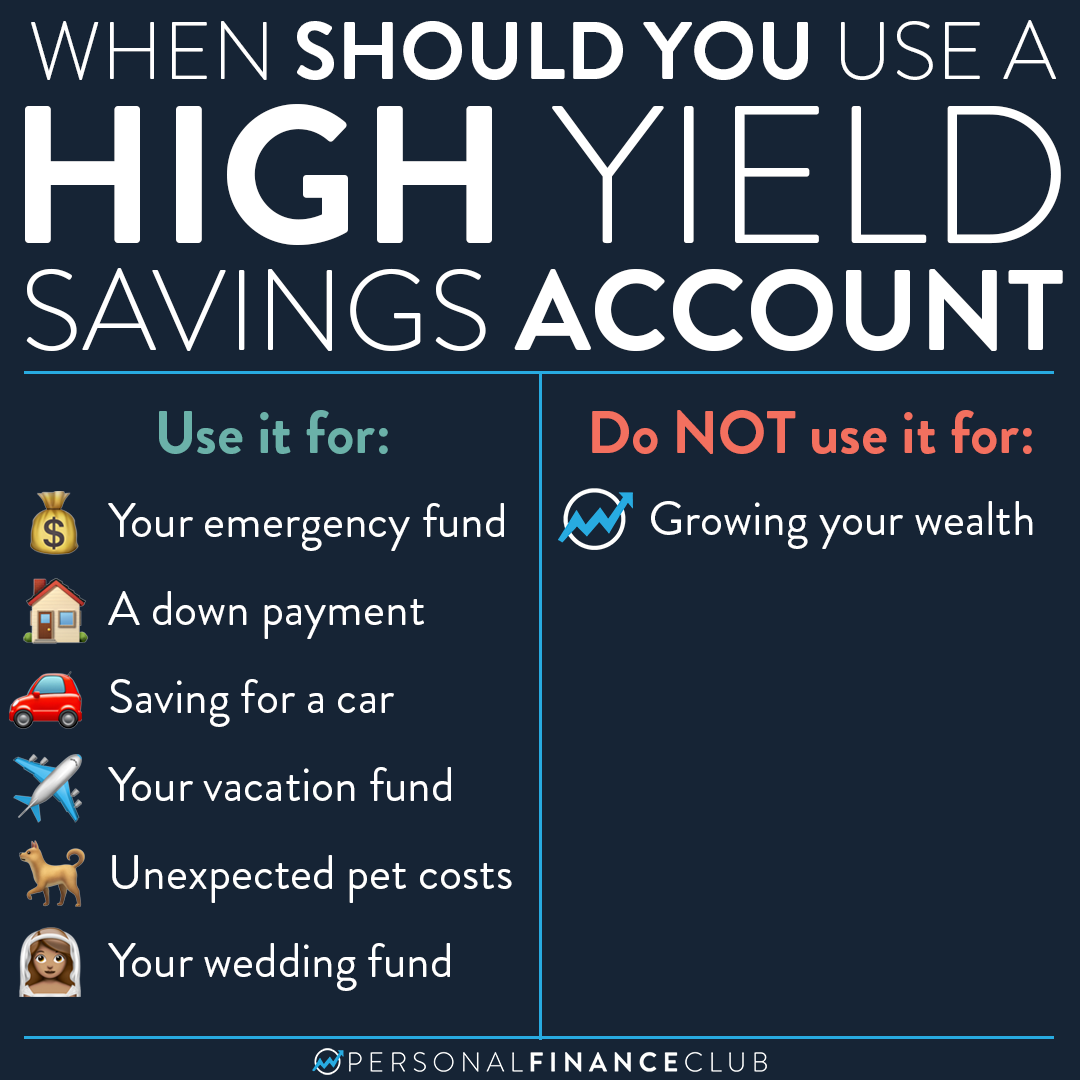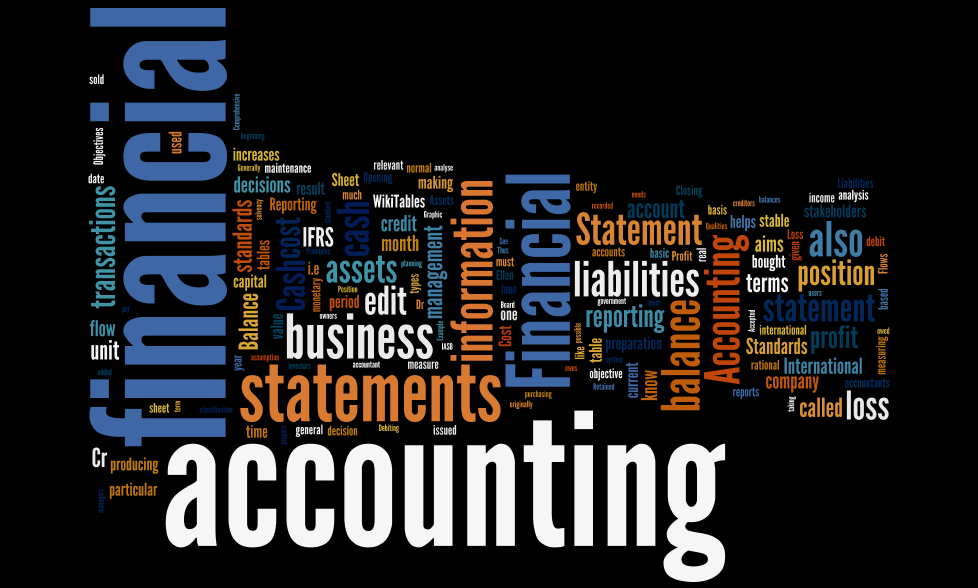How To Maximize Your Savings With High-Yield Accounts
You’ve worked hard for your money, and finding ways to make it grow even more is always a smart move. “How to Maximize Your Savings with High-Yield Accounts” is packed with practical tips and insights to help you get the most out of your savings. By understanding the benefits of high-yield accounts and implementing a few savvy strategies, you’ll be well on your way to achieving your financial goals and making your money work harder for you.
Have you ever wondered how you can maximize your savings effectively? You’re not alone. With financial literacy on the rise, more people are looking for ways to make their money work harder for them. High-yield savings accounts present an excellent opportunity to achieve this goal. But what exactly are they, and how can they benefit you? That’s what we’re here to unpack in this guide on “How To Maximize Your Savings with High-Yield Accounts.”
:max_bytes(150000):strip_icc()/how-to-open-a-high-yield-savings-account-4770631-final-c7f448b5c0bc48658a3c6a4c7afa0a3d.jpg)
What is a High-Yield Savings Account?
A high-yield savings account is a type of savings account that offers a much higher interest rate compared to a traditional savings account. The primary goal? To help you grow your savings faster. While traditional savings accounts might offer an annual percentage yield (APY) of around 0.01% to 0.05%, high-yield savings accounts can offer APYs that are 10 to 20 times higher.
Why Choose a High-Yield Savings Account?
You might be wondering, why should you opt for a high-yield savings account over a traditional one? Simply put, the higher APY allows your money to grow more quickly. Over time, this can make a significant difference, especially if you’re saving for long-term goals like a home purchase, a child’s education, or retirement.
Key Benefits of High-Yield Savings Accounts
Alright, let’s dive deeper into the reasons why these accounts are gaining popularity. Here are some key benefits you’ll want to consider:
Higher Interest Rates
The most obvious benefit is the higher interest rate. With rates much higher than traditional savings accounts, your money accumulates more interest, adding to your overall savings faster.
FDIC Insurance
Most high-yield savings accounts are FDIC-insured up to $250,000. This means your money is safe, even if the bank were to fail.
Compound Interest
High-yield savings accounts often offer daily or monthly compounding interest, which means you earn interest on both your initial deposit and the interest that has been added to your account.
Easy Access
These accounts usually come with convenience features such as online banking and easy transfer options. This makes it simple to manage your finances without having to visit a branch.
Automated Savings
Many high-yield savings accounts come with options to set up automatic transfers from your checking account, making it easier to save consistently.
How to Choose the Best High-Yield Savings Account
Choosing the right high-yield savings account involves more than just looking at the interest rate. Here are the factors you should consider:
Interest Rate (APY)
The APY is one of the first things you’ll look at, but make sure to compare rates from multiple banks to ensure you’re getting the best deal.
Fees
Be cautious of any fees that might eat into your savings. Some accounts may have monthly maintenance fees, minimum balance fees, or other hidden charges.
| Fee Type | Description |
|---|---|
| Monthly Maintenance | Charges applied monthly just for having the account. |
| Minimum Balance | Fees for not maintaining a certain balance. |
| Withdrawal | Charges for making too many withdrawals in one cycle. |
Minimum Deposit and Balance Requirements
Some banks require a minimum deposit to open the account or to earn interest. Make sure these requirements align with your financial situation.
Accessibility
Consider how easy it is to access your money. Does the bank offer online and mobile banking? Is customer service readily available?
Additional Features
Some accounts offer perks like ATM access, mobile app functionality, and customer service availability. These can add value and convenience to your banking experience.
How to Maximize Your Savings
Simply opening a high-yield savings account isn’t enough. You’ll want to adopt strategies to get the most out of your account.
Consistent Deposits
Regularly contributing to your savings can significantly boost your balance over time. Set up automatic transfers if possible; it’s a set-it-and-forget-it method that ensures you’re consistently saving.
Reinvest Your Interest
Instead of withdrawing the interest you earn, let it stay in your account to benefit from compound interest. The more you reinvest, the more your money will grow.
Avoid Unnecessary Withdrawals
Most high-yield savings accounts have a limited number of withdrawals you can make per month. Exceeding this limit can result in fees, which can eat into your savings. Try to avoid using this account for regular expenses.
Regularly Review Your Account
Keep an eye on your account performance and fees. Also, periodically compare your account’s APY with other available options to ensure you’re getting the best rate.

Common Pitfalls to Avoid
While high-yield savings accounts offer numerous advantages, there are some pitfalls you should be aware of:
Ignoring Fees
High fees can offset the benefits of a high-yield interest rate. Always read the fine print to understand what charges you might incur.
Forgetting About Taxes
Interest earned on your savings is taxable. Make sure you account for this when calculating your returns and during tax season.
Not Considering Inflation
While a high-yield savings account can help you grow your savings, the interest rates still may not keep pace with inflation. While it’s a great tool, consider diversifying your investments in other avenues too.
No Diversification
Putting all your savings into one type of account isn’t usually a good idea. Consider a balanced approach that includes different types of investment for better financial health.
High-Yield Savings Accounts vs. Other Investment Options
While high-yield savings accounts are beneficial, they are just one tool in your financial toolbox. Let’s compare them with some other popular options:
Certificates of Deposit (CDs)
| Feature | High-Yield Savings Account | Certificate of Deposit (CD) |
|---|---|---|
| Liquidity | High | Low (penalties for early withdrawal) |
| Interest Rate | Variable | Fixed |
| Minimum Deposit | Often lower | Usually higher |
| Compounding | Frequent (daily/monthly) | Monthly, quarterly, or at maturity |
Money Market Accounts
| Feature | High-Yield Savings Account | Money Market Account |
|---|---|---|
| Interest Rate | Higher | Moderate |
| Check Writing | Generally not available | Available |
| Minimum Balance | Often lower | Higher |
| Access | Easy (online and mobile banking) | Easy, but with added checks and debit options |
Stocks and Bonds
| Feature | High-Yield Savings Account | Stocks and Bonds |
|---|---|---|
| Risk | Very Low | Moderate to High |
| Liquidity | High | Variable (depends on market conditions) |
| Returns | Lower (but guaranteed) | Potentially higher but not guaranteed |
| Management | Minimal (mostly automated) | Requires active management or advisory |

Best Practices for Managing Your High-Yield Savings Account
Managing your high-yield savings account efficiently will ensure you get the most out of it. Here are some best practices:
Set Financial Goals
Identify your short-term and long-term financial goals. Use your high-yield savings account for specific objectives like building an emergency fund, saving for a vacation, or setting aside money for a large purchase.
Track Your Progress
Keep an eye on your account balance and your contributions regularly. Many banking apps have features that allow you to set goals and track your progress.
Stay Informed
Financial products can change, and better offers may become available. Stay informed about new high-yield savings account options and current trends in financial markets.
Frequently Asked Questions
What’s the difference between APY and interest rate?
APY (Annual Percentage Yield) takes into account the compounding of interest, whereas the interest rate does not. Because of this, APY is typically higher and gives you a more accurate representation of what you’ll earn over a year.
How often should I check my account?
It’s a good idea to check your account at least once a month to ensure you’re on track with your savings goals and to verify that no unauthorized transactions have taken place.
Can you have multiple high-yield savings accounts?
Yes, many people have multiple accounts for different savings goals. Just be sure to manage them all efficiently and avoid any unnecessary fees.
Is my money safe in a high-yield savings account?
Yes, as long as your account is FDIC-insured up to $250,000. This insurance guarantees the safety of your money even if the bank fails.

Conclusion
Maximizing your savings with a high-yield savings account is a smart move. You get higher interest rates without sacrificing access and safety. With the right strategy, you can watch your money grow more efficiently. Consider combining your high-yield savings account with other financial products for a more diversified and balanced financial plan. So why wait? Take the next step towards maximizing your savings today.
